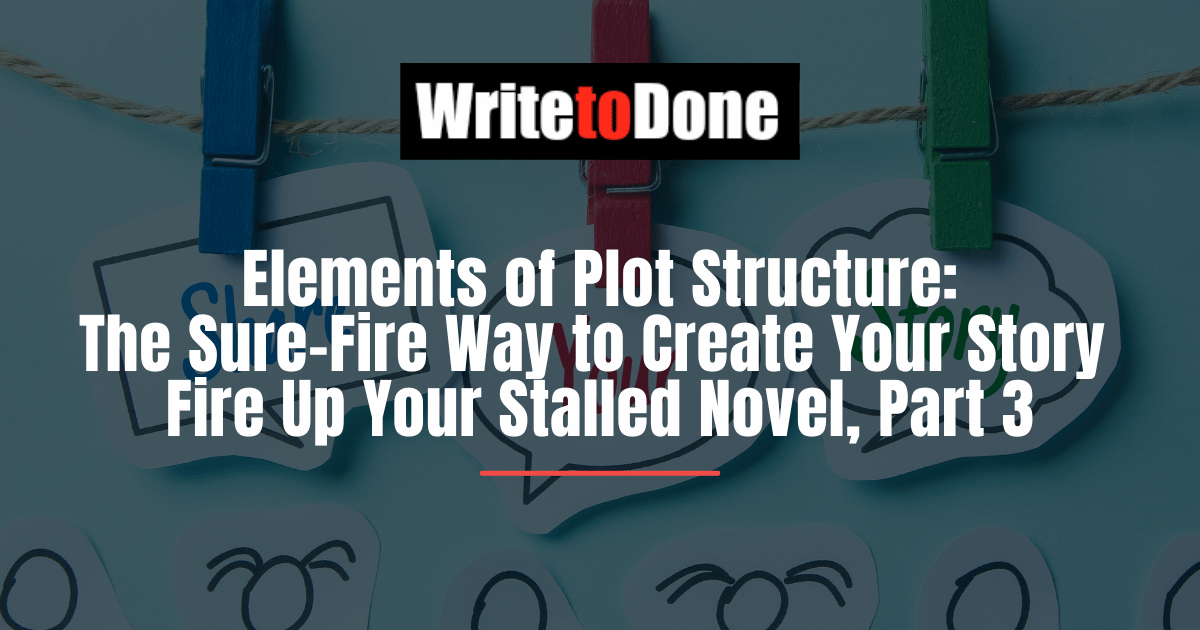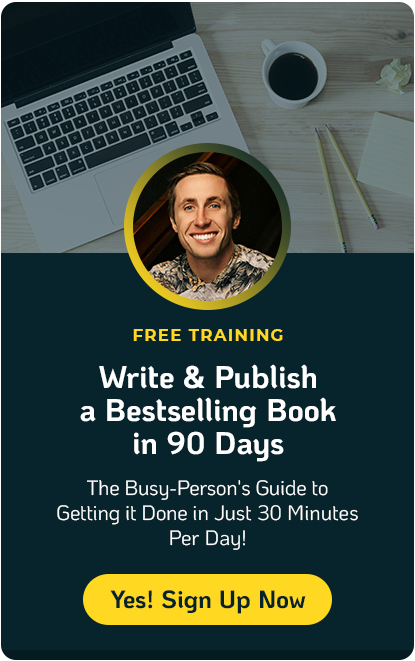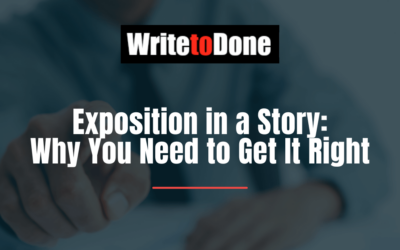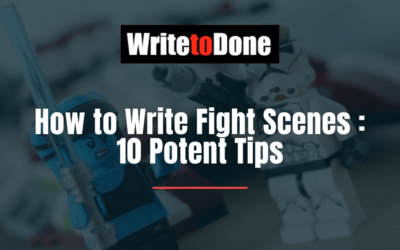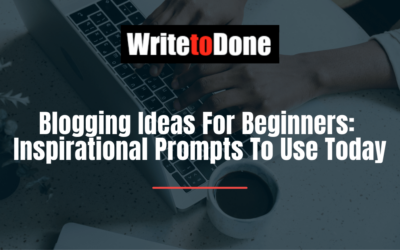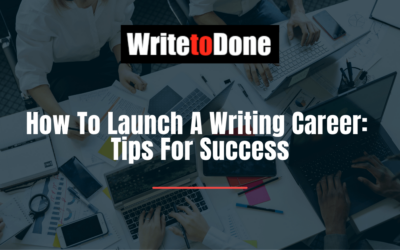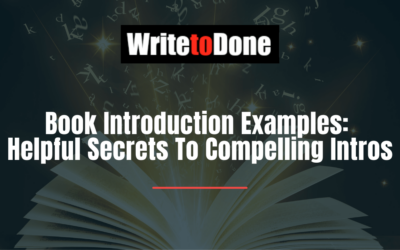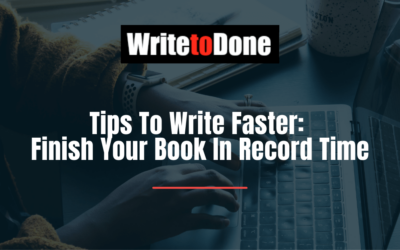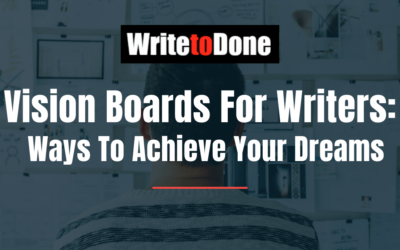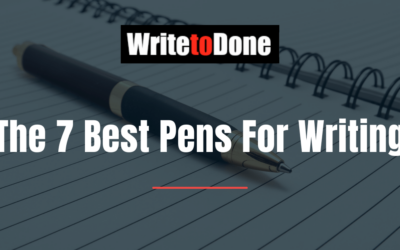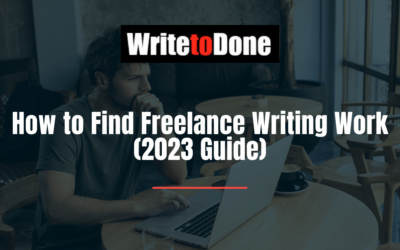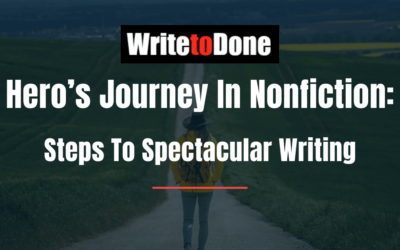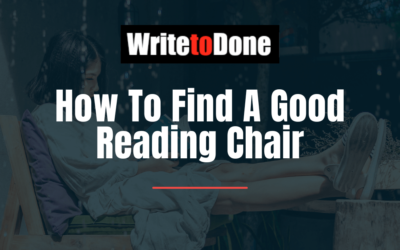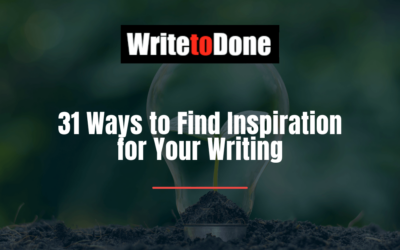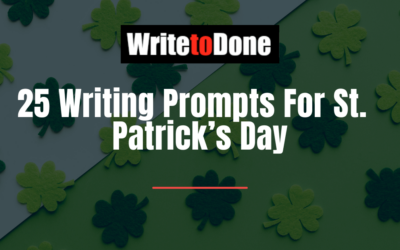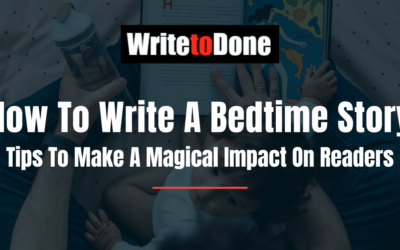Plotting a novel is like swimming under water.
It’s murky, you run out of air, you have no idea whether you’re up or down, you start to panic - and then you suddenly pop up and see the island you’re heading toward in front of you.

Saved!
This article is about how to create a plot that sizzles. You'll learn about the elements of plot so that you can weave together a story your readers will adore.
I've studied half a dozen books, taken courses, cursed, and whined before I finally understood how to create a plot structure. The problem is that no single book tell you everything you need.
That’s why I want to introduce you to the best ideas and the most practical advice for creating the plot of your novel.
If you’re struggling with your plot, read this post and put each point into practice.
Remember the Greek myth of Ariadne’s Thread?

She gave a sword and a ball of red string to Theseus with whom she had fallen in love. His mission was to kill the Minotaur, a monster hidden deep in the Labyrinth.
After finding and killing the Minotaur, he was able to follow the trail of the red string to find his way out of the cave system.
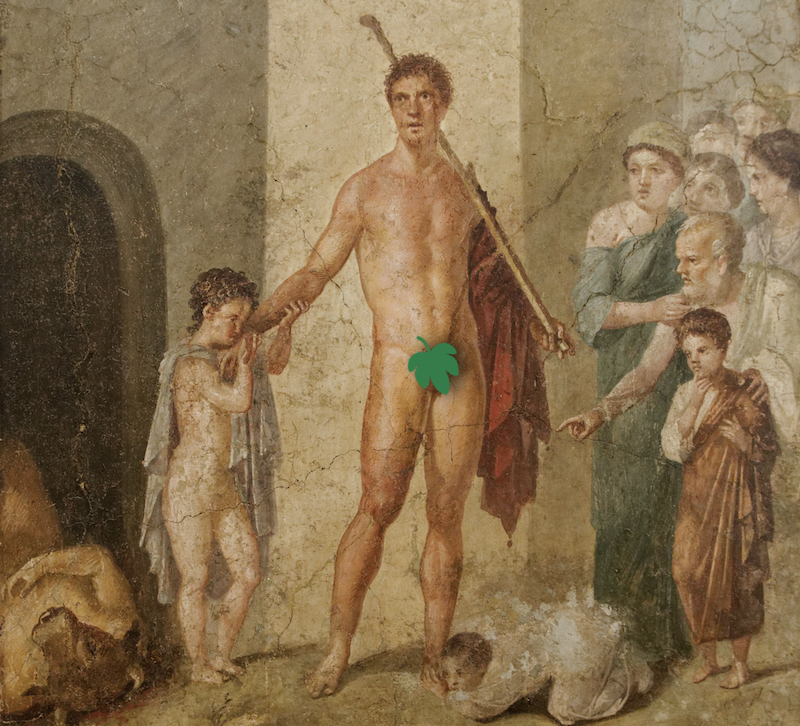
The image of Theseus above is from a fresco found in the ruins of Pompeii (minus the figleaf). You can see the Minotaur, half human, half bull, lying dead at his feet.
Monsters are often the guardians of treasure, who must be slain to bring the treasure out. In a creative journey, we must often find our way through a labyrinth. We take wrong turns, hit walls, get lost. Often, this is what must happen to find the creative treasure at the center of ourselves.
This post is the red thread you can follow to find the light at the end of the labyrinth.

First, let’s zoom out first and consider the elements of plot structure.
The Skeleton of a Plot
There’s an assortment of literature devoted to plotting. In most books, the recommendation is to use the 4-part story structure (which is a variant of the age-old 3-act plot). Below, are the four parts:
1. The Setup
3. The Attack
2. The Response
4. The Resolution
The problem is that most books or article on plotting can leave you scratching your head or shelving your novel for another year.
Here is an example of some advice about the first part of the structure, The Setup:
All clear now? Nope, sorry.
It might as well have been an instruction on how to change the oil in my car! As John Truby says in his excellent book, The Anatomy of Story:
A mechanical view of story, like three-act theory, inevitably leads to episodic storytelling. An episodic story is a collection of pieces, like parts stored in a box. Events in the story stand out as discrete elements and don't connect or build steadily from beginning to end. The result is a story that moves the audience sporadically, if at all.
Creating your plot with a mechanical view is like gluing bones together to form a skeleton and expecting the thing to breathe and walk.
The other extreme is to pile up flesh and expect the thing to stand up without having a skeleton upon which to hang the innards.
Doesn’t work either.
How to Make Your Plot Zing
On what are you going to base your plot?
The mechanical view of plotting concentrates on the sequence of outer events. However, there is a more compelling way to frame your plot by focusing on the inner events which shape the development of your protagonist.

John Truby
The ultimate goal of the dramatic code, and of the storyteller, is to present a change in a character or to illustrate why that change did not occur.
I’ve recently read Michael Connelly’s novel, The Black Echo. Apparently, Connelly binned his first two novels before writing The Black Echo, the first story featuring his protagonist, Detective Harry Bosch. It is a masterpiece of storytelling.
Scarred by traumatic experiences in Vietnam, Harry Bosch’s personal life if barren because he is divorced from his emotions.
The Black Echo is a gripping novel and a masterclass on how to base a story on the character arc of a protagonist. In Connelly's series, you can follow Harry Bosch's slow journey of healing. Libbie Hawker explains:

Libbie Hawker
A story is a character’s journey from an emotional point A to an emotional point B - a quest to overcome their flaw.
Basing your plot on the character arc of your protagonist makes things both easier and more difficult. Let me explain…
Weaving Your Plot
The challenge you face is to tie together two distinct plot patterns, the classic 4-part story framework (which focuses on outer events) and the character arc system (which follows the inner development of your characters).
Once you meld the two plotting systems, your plot will begin to breathe and wriggle.

In Part 2 of the Fire Up Your Stalled Nove l, I talked about the importance of creating character arcs. If you skipped this step, please go back to Part 2 and work on your character arcs before continuing.
How to Base Your Plot on the Character Arc of Your Protagonist
No matter how many characters you have in your novel, make sure that your plot follows the development of your main character.

Libbie Hawker
By making it very clear in the earliest scenes that your character is in need of personal growth, your lighting up a big, blinking, neon sign that says to the reader subconscious, “Good book!”
"
In the text box below, you'll find a blueprint for creating your character-based plot. It follows Monica Leonelle’s suggestions in her book, Nail Your Story: Add Tension, Build Emotion, and Keep Your Readers Addicted.
PART A: The Character
1. The Theme
The theme of the novel is the layer of internal conflict.
Example: Finding redemption by fighting evil.
2. The Character Arc
The character arc is a way you protagonist moves, grows, and changes within a story.
Start with the character arc of your main protagonist.
Example: Kat must heal from the trauma of losing her child. She needs to rejoin humanity by allowing herself to feel emotions again and trusting others.
3. The Fatal Flaw
The fatal flaw is the big thing that’s wrong in your character’s life.
Describe your protagonist’s fatal flaw in a few sentences.
Example: Doesn’t trust others.
4. The False Beliefs
List the false beliefs resulting from the fatal flaw. Examples:
“I’m safe if I keep the world out and my feelings locked in.”
“If I rely on myself, I can’t get hurt.”
5. The Motivation
Fill in your character’s main motivation in this novel. What do they desire? This desire is the external goal.
Example: She wants to find out who murdered her parents.
6. The Transformation
What does this character need to learn in the story? This is the internal goal.
Example: She needs to learn to trust others and not try to solve everything herself.
PART B: The Story
1. THE SETUP
The Setup has two pivotal moments, the Inciting Incident and the Decision and takes up about the first 25% of the novel.
The Setup usually begins with showing the protagonist in their normal world. There are two pivotal moments in the Setup, the Inciting Incident and the Decision.
The Inciting Incident (Pivotal Moment)
The Inciting Incident is an event that throws this normal world into disarray. This pivotal moment sets the story in motion.
The second pivotal moment is called, the Decision
The Decision (Pivotal Moment)
This is the pivotal moment when the character must choose their path in response to the Inciting Incident. The Decision completes the first part of the novel.
2. THE RESPONSE
The Response forces the protagonist to deal with the new situation they’ve entered as a result of The Decision.
The Response forces the protagonist to deal with the new situation they’ve entered as a result of their Decision.
During the response, the protagonist -
- Fumbles their way through.
- Tries to take action but is still stumbling around.
- Is confused.
- Actions result in failures.
- Mentor or friend helps orient them towards the goal.
- May have to overcome own beliefs and forms to orientate themselves properly.
The Reversal (Pivotal Moment)
The Reversal is a pivotal moment when something totally unexpected happens that threatens everything the protagonist knew and believed.
This is the usually the midpoint of a novel.
3. The Attack
The character has had their mind blown by the reversal.
The Attack has the protagonist actively pursuing their goal, motivated by previous events, with almost all the needed skills required for the final conflict.
- The character actively goes after the main goal and start seeing success.
- They are actively moving closer to where they need to be.
- Things are sort of working. They are more right wrong.
- The protagonist is almost ready to take on the antagonist.
Cards on the Table (Pivotal Moment)
This moment triggers the major climax of the book.
The “Cards on the table” moment is the last piece of information the protagonist needs to go into the final battle. It is often called the Second Plot Point.
4. The Resolution
The Resolution includes the final conflict with the antagonist necessary to wrap up the story. This is a roller coaster of ups and downs where the protagonist could be derailed and lose it all.
Your protagonist has finally earned the right to be called a hero.
The Transformation (Pivotal Moment)
This is where the protagonist undergoes the change needed to succeed. It’s the end of the character arc and also the completion of the story arc.
Once you’ve completed the plot outline in broad strokes for your protagonist, the story of your novel will emerge because it should follow the arc of your protagonist.
Celebrate the milestone. But don’t stop there.
You need to create a Story Blueprint for each of your characters. Don’t skip this step!
In Part 4 of How to Fire up a Stalled Novel, we’ll start creating the individual scenes that will make up your novel. This is the fun part! You'll learn how to use the strategy of inverted triangles to create sizzling scenes.
Do you have questions? Please write them in the comment section below.
Fire up a Stalled Novel – Part 1: From Idea to Concept and Premise
Creating a Character Arc: Fire Up Your Stalled Novel – Part 2

